Computer Vision: What is it?
The human vision is an important asset which allows the interpretation of several aspects in the world. These perceptions are numerous, for instance, observing a tree on the street, it is possible to notice different aspects of the plant such as colors, textures and shapes. It is also possible to recognize image characteristics such as emotions on people’s faces in a photograph.
Computer vision is one of the fields within Artificial Intelligence which studies the image processing in the real world by a computer. In other words, this field researches different ways to enable a machine to visually interpret information, therefore enabling it to ‘see’. By reading this article, developed by KOT Engenharia’s team, you will be able to understand which are the functioning basis of this technology and how our company deals with it.
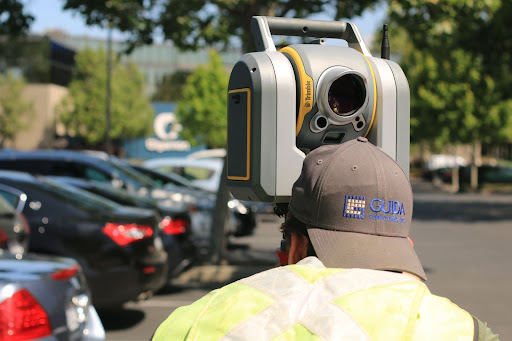
Basic foundation
First and foremost, in order to fully understand computer vision, the definition of image notion and it’s processing must be presented. The first, notion of image, can be rather abstract. With that in mind, it can be defined, from a computer vision perspective, as a data set. This information is related using a scalar function of two unknowns [2]. These data sets normally entail a certain amount of noise originating from factors such as the location of the image capture, equipment used, objects in focus, among others [3].
The processing of images aims at the due suitability of images in order to settle these potential variations. Thus, as the image is seen by the computer as a function, there are several mathematical techniques to model the data according to the needs.
Deepening Understanding
Using the previously presented concepts as basis, computer vision is responsible for the creation of a completely automated system which captures images, treats them, analyzes the visual information and triggers a command to start the subsequent applicable process.
Stages for the achievement of Computer Vision [4]
Initially, it is crucial to establish the fact that there is not a single system for the application of computer vision. The stages as then organized using the most common phases for the accomplishment of this technology:
- Acquisition: stage which allows for the capture of the images;
- Image processing: the objective of this stage is to adapt and optimize the visual data acquired. Thereunto, some noise removing techniques can be adopted as well as for image rotation, use of filter, etc.;
- Image analysis: it is in this phase that the images are made unique from the point of view of the computer. Each image is attributed to an unique function of two independent unknown amounts, which in turn can be seen in a more objective manner by the machines;
- Pattern recognition: at this stage the images are classified according to similar characteristics.
From the pattern recognition onwards, actions can be initiated by the system automatically, thus providing the due sequence to the overall process.
Advantages and limitations of the Computer Vision
One of the main advantages of computer vision can be the possibility of implementing a system which reduces the company’s costs. Besides that, it is possible to increase the quality of the products produced in said company.
Due to the system’s application specificity for each and every one of the cases, each one of them needs to be analyzed, planned and executed individually. This, in turn, requires a higher investment for the development, which then becomes the main limitation of computer vision.
Industrial applications
Computer vision has various and diverse applications in industrial automation, amongst them:
- Non-invasive verification
In this case, it is possible to ascertain if the packaging content is complete, excluding, for instance, the need to violate the product’s container. Figure 2 portrays the manner in which this is applied.
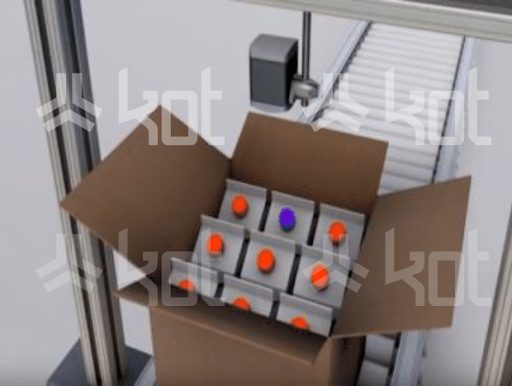
- Machinery and structure inspection
It is also possible to implement computer vision to carry out inspections and analysis in machines and structures [6]. Check in this article one of the methodologies implemented by Kot.
- Accident prevention
Another plausible application for computer vision is for the prevention of collisions between machines, as can be clearly seen in Figure 3.
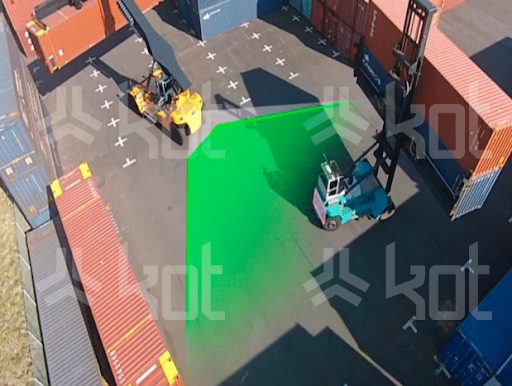
- Pattern recognition
Computer vision applicability extends itself, in the pattern recognition of processes which ignite automated processes, such as: label identification, codes, letters and printed numbers. Figure 4 exemplifies the use of computer vision for storage management.
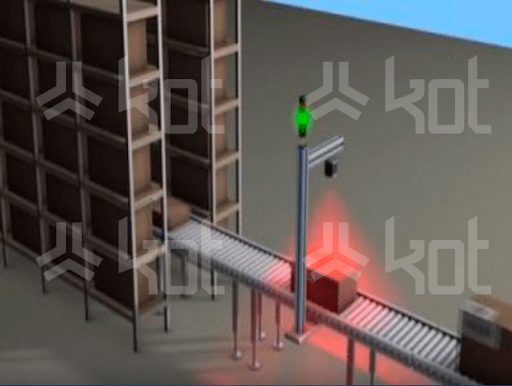
Conclusion
Starting from this article, it was possible to conclude that computer vision has several possibilities of applications for problem solving and process optimization. Kot Engenharia has the needed knowledge to implement them, being also able to evaluate different operational contexts and contribute with the results. Consult our team for more information.
Get in touch with KOT’s specialists team!
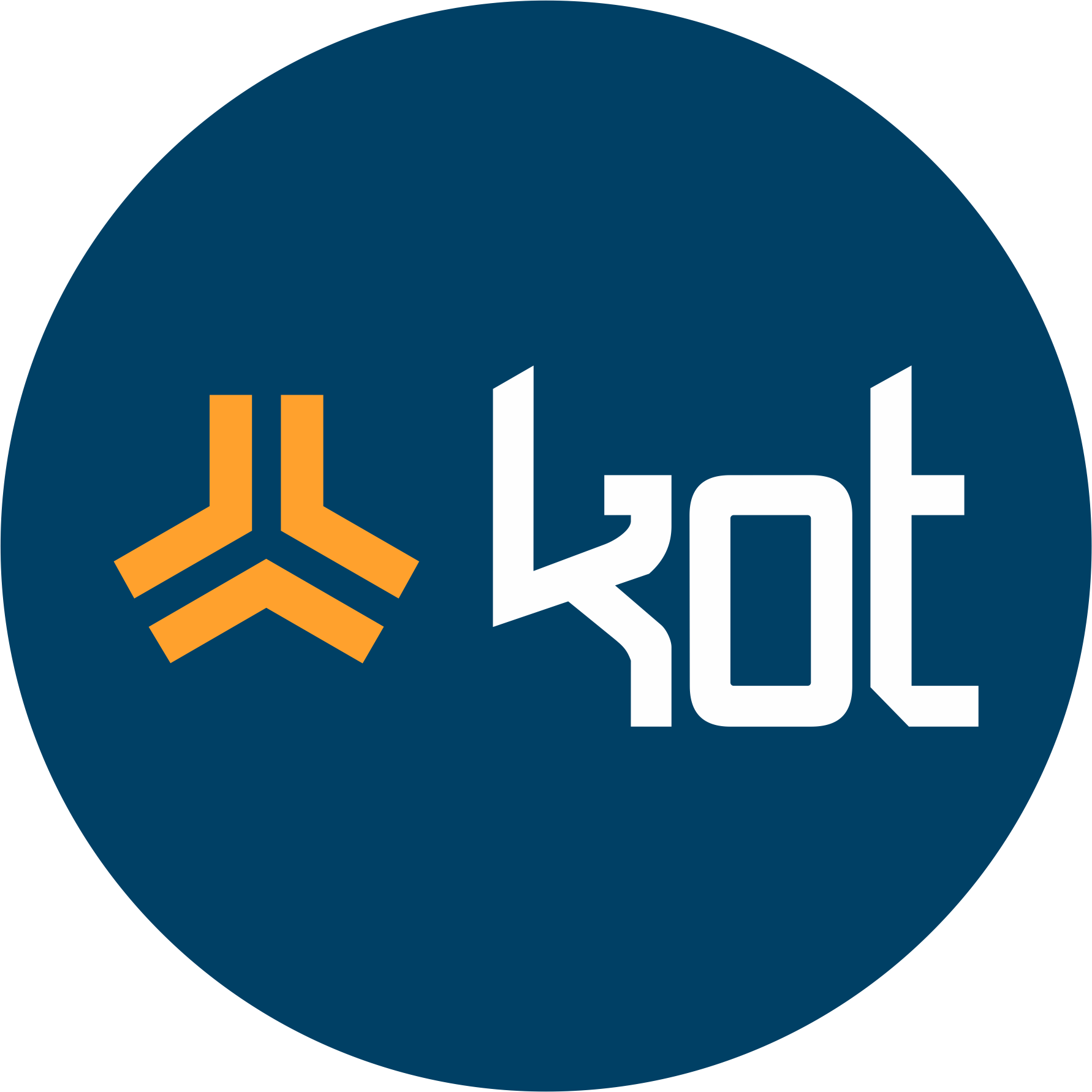
KOT Engenharia’s Team
With over 29 years of history and various services provided with excellence in the international market, the company promotes the integrity of its clients’ assets and collaborates in solutions to engineering challenges. For this integrity, it uses tools for calculation, inspection, instrumentation and monitoring of structures and equipment.
References:
[1] Blake, Scott (2018). Disponível em: < https://unsplash.com/photos/K6JzHiV4aq8>.
[2] G. Kovasznay, L., & Joseph, H. (1955). Image Processing. Proceedings of the IRE, 43(5), 560–570. doi:10.1109/jrproc.1955.278100.
[3] Santiago, Gaubert (s.d). Método Baseado em Visão Computacional para Reconhecimento de Dígitos Visando a Leitura de Consumo em Hidrômetros com Indicação Analógica e Digital.
[4] Backes, A e Sá Júnior, J (2019). Introdução à Visão Computacional Usando MATLAB.
[5] Szeliski, Richard (2010).Computer Vision: Algorithms and Applications .
[6] Acervo IFM.

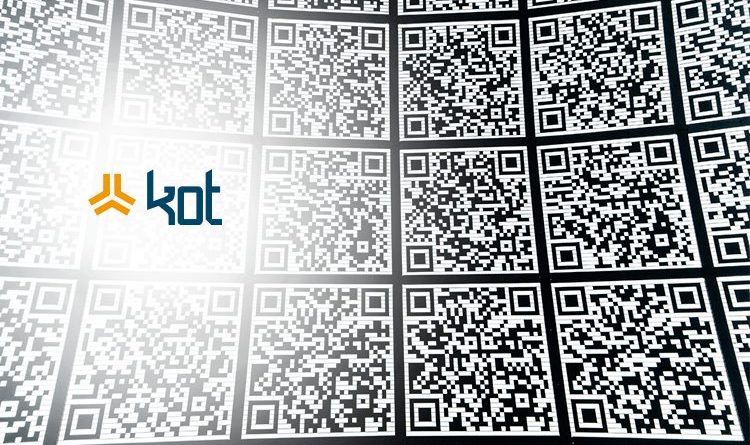
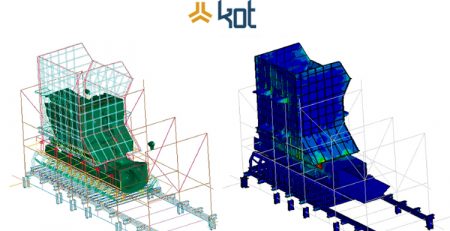
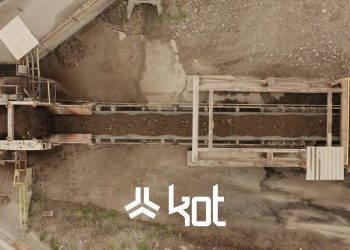
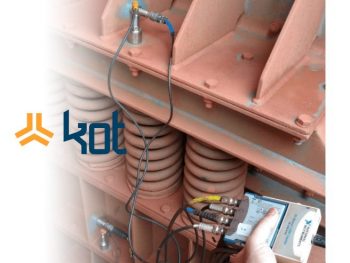
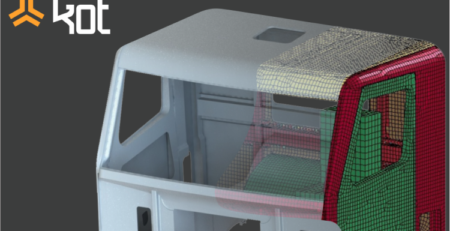
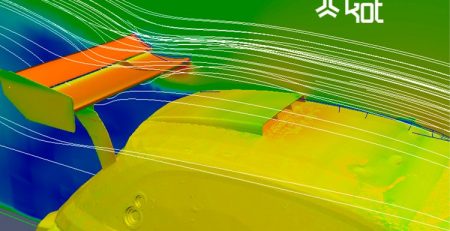
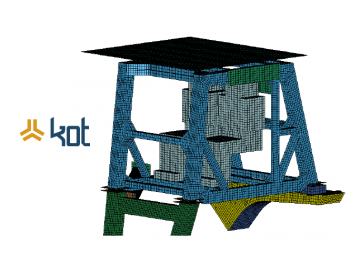
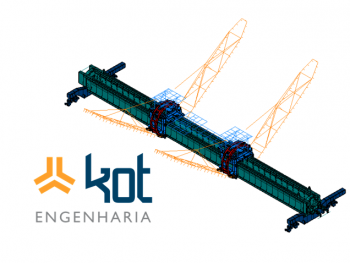

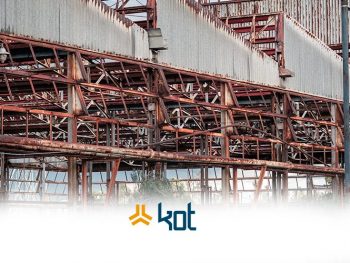

Leave a Reply